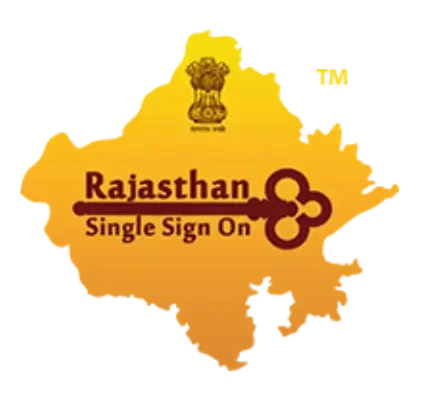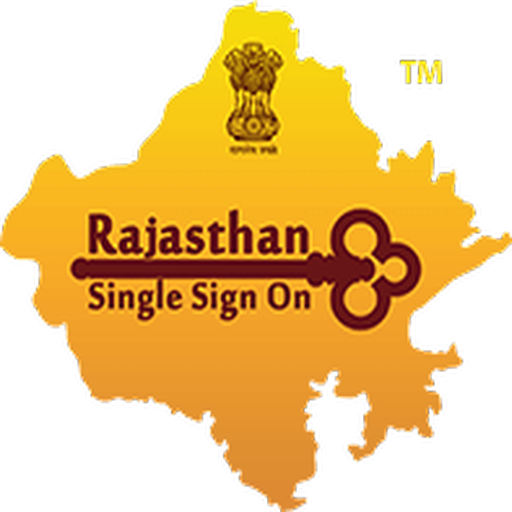Understanding SSO Architecture and Functionality
The Single Sign-On (SSO) system implemented in Rajasthan’s portal is a pivotal element in delivering efficient access to numerous government services. The architecture of SSO allows users to log in once and gain access to a variety of services without the need for multiple credentials. This is achieved through a centralized authentication process, which streamlines user interactions with various government applications.
At the core of the SSO architecture lies a robust authentication framework. Upon user login, a unique security token is generated and validated, allowing for seamless transitions between services. This process eliminates the need for repetitive authentication, significantly reducing the time users spend logging into different platforms. Furthermore, the security token acts as a safeguard, ensuring that sensitive user information remains protected throughout multiple sessions.
In terms of security measures, the SSO system utilizes advanced encryption techniques and secure protocols to safeguard data integrity and confidentiality. By centralizing authentication, the risk of unauthorized access is minimized. Each service provider integrated into the SSO platform adheres to these strict security guidelines, fostering a safe environment for users. Moreover, regular audits and compliance checks reinforce these security measures, contributing to a reliable system.
The integration of multiple service providers into a singular access point offers several advantages. Users benefit from an improved experience as they no longer need to remember multiple passwords or navigate different login interfaces. This enhanced functionality cultivates higher engagement with government services. Additionally, the portal’s architecture allows for easy scalability, enabling the inclusion of new services with minimal disruption to existing users.
Ultimately, the SSO architecture deployed in Rajasthan’s portal represents a strategic approach to simplifying user access while bolstering security measures. Its sophisticated functionality not only improves user experience but also streamlines the management of government services, fostering greater efficiency and accessibility.
Step-by-Step Guide to Accessing the SSO Portal
The Rajasthan Single Sign-On (SSO) portal serves as a unified platform for accessing various government services. To efficiently utilize this portal, users must first create an account. Begin by visiting the official SSO portal website. Look for the registration option on the homepage, often prominently displayed. Upon clicking the registration link, you will be required to enter details such as your name, phone number, and other necessary identification information. It’s crucial to ensure all details are entered accurately to avoid potential pitfalls during the verification process. After submission, you will receive an OTP (One-Time Password) on your registered mobile number, which you must input onto the portal to verify your account.
Once your account is successfully created, proceed to log in by entering your credentials—username and password. If you encounter issues during the login process, confirm your information is accurate, and check for any typographical errors. In case you’ve forgotten your password, there is a ‘Forgot Password’ option that enables you to reset it securely by following the instructions provided.
After logging in, users can navigate through the various available services listed on the dashboard. Familiarize yourself with categories such as certificates, licenses, and payment gateways to efficiently access the services you need. Each service offers detailed instructions and support to guide you through the process. Additionally, managing your profile is essential. Make sure to update any information as necessary and regularly check for notifications regarding service updates or system maintenance.
In case you experience difficulties while using the SSO portal, look for the troubleshooting section often available at the bottom of the page. Common issues may include server errors, which can often be resolved by refreshing the page or attempting to log in after some time. By following these steps diligently, users can make the most out of the SSO services offered by the Rajasthan government.


